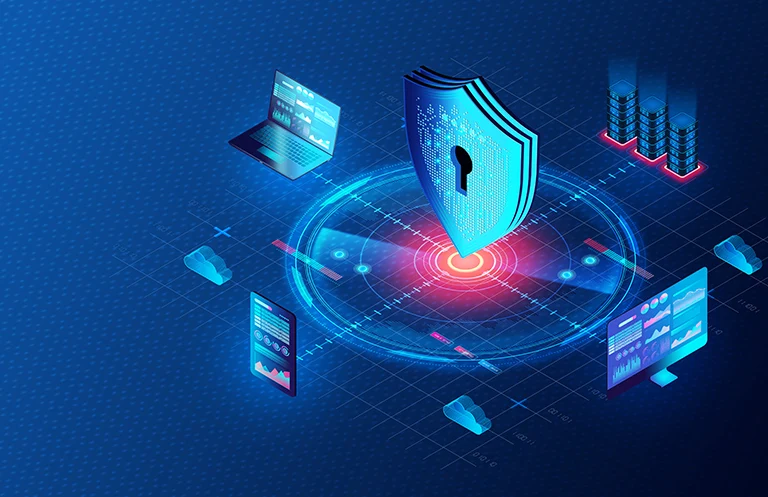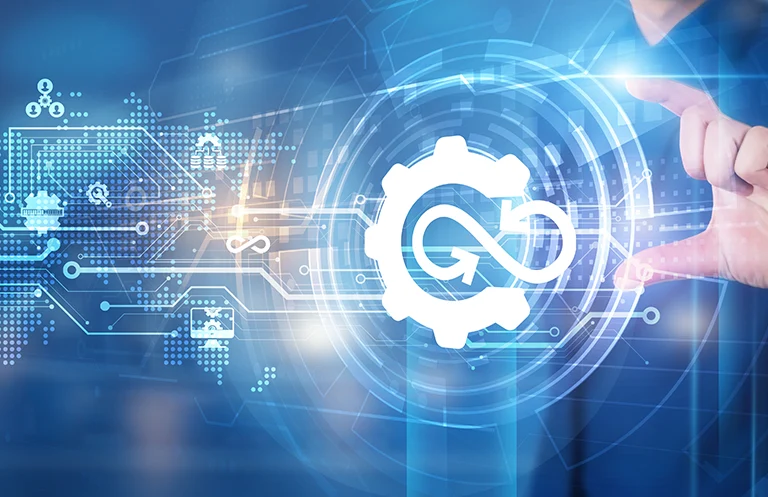Companies are usually faced with challenges to make the medical devices safe for human use, ensuring they are effective. For that matter, when it comes to designing and developing medical devices, companies have to comply with FDA and ISO quality systems regulations to ensure they are risk-free.
These FDA QS regulations and ISO 14971 device quality system requirements address processes and procedures for post-product development, which broadly outline the risk management processes of medical devices.
Role of Risk Management in Medical Devices
Risk management is an integral part of the medical device product development lifecycle. It helps medical device developers ensure that the product is reliable, works as expected and causes no harm to the patients, operators or the environment. In other words, the main purpose of the risk management cycle is to reduce or mitigate the chances of failure in the product.
ISO 14971:2007 specifies and regulates the process to be followed by the medical device manufacturers to avoid the possible hazards associated with the device.
Similar to ISO 14971, there are many other regulations that specify risk management steps during the development of medical devices. The approach of these could be different, but the goal is the same.
Steps Involved in Risk Management for Medical Devices
There are various policies, procedures and practices used to analyze, evaluate, control, and monitor risks systematically in medical devices. Let us understand the standard steps in order to implement a thorough risk management lifecycle for medical devices:
1. Risk Management Framework & Planning
Defining any risk management process in compliance with the regulations like FDA or ISO needs to be established by a risk management framework. This framework includes the process which will be used to develop the device, as well as the roles and responsibilities of people associated with the device development project. Along with this, a proper documentation of the risk management plan is also required to be established as a part of the risk management framework for medical devices.
Compliance with #FDA QS and #ISO14971 is necessary for developing risk-free #MedicalDevices @einfochipsltd
2. Risk Analysis
The risk analysis stage will help the device manufacturers direct their risk management efforts towards defining the intended use of the product. This will help in focusing on the necessary steps, overviewing the relevant hazards (potential sources of harm).
During this stage, the foreseeable hazards needs to be identified as early as possible for assessing the risk. It is interesting here to note that while assessing risks, the process of identifying potential harms should not only consist of finding the causes but also the potential risk related to them.
3. Risk Evaluation
Identifying severity and occurrence (probability) of risks will help in quantifying and evaluating the risk. Suppose, there is a hazardous situation (very likely to occur), but with low harmful effects and there is another situation where the possibility of harm is very high, then proper visualization of the risk on a matrix is a good idea for deciding which hazard needs to be tackled first.
4. Risk Control
Once the risk has been identified, the next step is to control the risk, where the actual implementation of risk mitigation takes place. The aim of risk control is to mitigate or lower the intensity of risk to an acceptable level.
There are several ways to mitigate or control a risk:
- One way it can be done is by changing the design of the product to a level where the risk is mitigated, but that’s not always possible.
- The next option is to integrate protective measures in accordance with a particular risk and decrease the occurrence of harm.
- The last thing is labeling or adding instructions in the device manual regarding the risks involved in a particular device.
It’s also important to note that by redesigning the product for the sake of risk control, there are chances that more risks can be added to the product.
DOWNLOAD WHITEPAPER:
5. Reports and Documents
The last and the most important step is to document the risk management plan and strategies. It is also important to note that, documenting the risk management plan is not limited to initial stages.
The risk management document must contain all the actions, reports, assessments, and diagrams created for the risk management planning process.
Since the risk management plan is a part of whole product development lifecycle process, your documents should be up to date even after the completion of the product development process.
Along with this, it’s also important to document the effectiveness of the control actions, keeping an eye on the resulting risks after implementing the risk control actions.
Conclusion
Above are the steps that are crucial in the medical device product development cycle. Achieving compliance through adequate evaluation of the risk management cycle helps develop the product with desired quality and safety standards.
eInfochips has hands-on engineering experience in developing FDA Class 2 and Class 3 devices for monitoring, diagnostics & imaging, wearable health, and telemedicine. We provide HIPAA compliant engineering solutions and have the required process expertise in IEC 60601-1/2/6, IEC 62304, 510K and ISO 13485. Know more about medical devices engineering services.












